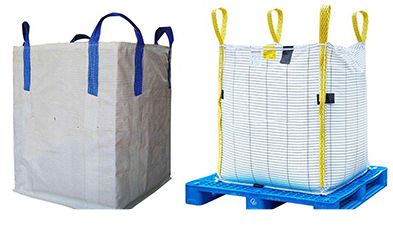Understanding the Functionality and Benefits of an Overlocker Machine in Sewing
Understanding What an Overlocker Does
An overlocker, also known as a serger in the United States, is a powerful sewing machine designed to create professional-looking finishes on a variety of fabrics. Unlike a traditional sewing machine, which mainly focuses on stitching layers of fabric together, an overlocker has a uniquely versatile function that combines cutting, sewing, and finishing all in one process. This makes it an invaluable tool for both amateur and professional sewers alike.
How an Overlocker Works
At the heart of an overlocker is its ability to sew seams while simultaneously trimming away excess fabric. It accomplishes this by utilizing multiple threads—often three or four—making it possible to produce a wide variety of stitch types. The most common stitch created by an overlocker is the overlock stitch, which encases the raw edges of the fabric in thread to prevent fraying. As the machine feeds the fabric through, it cuts the edges with a blade, ensuring a clean finish.
The threading process of an overlocker can seem daunting at first due to the multiple threads, but understanding the setup is essential for achieving effective results. Each thread serves a specific purpose one for the upper loop, one for the lower loop, and others for the needles that join the threads together and create the overlock seam.
Advantages of Using an Overlocker
1. Professional Finish The primary advantage of using an overlocker is the immaculate finish it provides. The overlock stitch not only secures fabric layers together but does so in a way that looks sleek and polished. This is particularly important for garments that require durability and aesthetic appeal.
2. Speed and Efficiency Overlockers are designed for speed. They can sew and finish seams much faster than traditional sewing machines, making them ideal for those who frequently tackle large sewing projects or need to meet tight deadlines.
what does a overlocker do

3. Versatile Fabric Handling Beyond basic seam finishing, overlockers excel with stretchy and knit fabrics that can often pose challenges for regular sewing machines. The overlocking process allows for greater flexibility without compromising the integrity of the fabric.
4. Variety of Stitch Options Depending on the model, many overlockers offer various stitch options, including rolled hems, flatlock seams, and differential feed mechanisms for preventing puckering or stretching of fabric. This versatility allows sewists to experiment with different techniques, expanding their creative options.
5. Reduced Fraying Since overlockers securely stitch the raw edges, they minimize fraying significantly—extending the life of garments and preventing wear and tear.
Additional Uses of an Overlocker
Beyond garment construction, overlockers are useful for various projects. They can be employed in quilting, home décor, and craft projects. Additionally, overlockers can be instrumental in creating unique designs, such as ruffles and decorative edges, adding an extra layer of creativity to sewing endeavors.
Conclusion
In summary, an overlocker is a specialized sewing machine that offers a myriad of advantages for sewists at all levels. Its ability to cut, sew, and finish in one seamless motion not only enhances the professional quality of home-sewn garments but also provides efficiency and creative versatility. While it might not replace a traditional sewing machine entirely, an overlocker is undoubtedly a valuable addition to any sewing arsenal. Whether for personal projects or professional pursuits, understanding what an overlocker does opens up a world of possibilities for achieving stunning results in fabric creation.
-
Boost Production Efficiency with a Pattern Sewing MachineNewsAug.29,2025
-
Industrial Excellence with the Best Heavy Duty Sewing MachineNewsAug.29,2025
-
Precision and Power with the Best Pattern Sewing MachineNewsAug.29,2025
-
Reliable Bulk Packaging Starts With the Right FIBC Sewing MachineNewsAug.29,2025
-
Advanced Packaging Solutions: Elevate Productivity with Jumbo Bag Sewing Machine and Industrial Stitching EquipmentNewsAug.29,2025
-
High-Performance Solutions for Bulk Packaging: FIBC Sewing Machine and MoreNewsAug.29,2025
-
Maximize Efficiency with an Industrial Cylinder Arm Sewing MachineNewsAug.28,2025


























